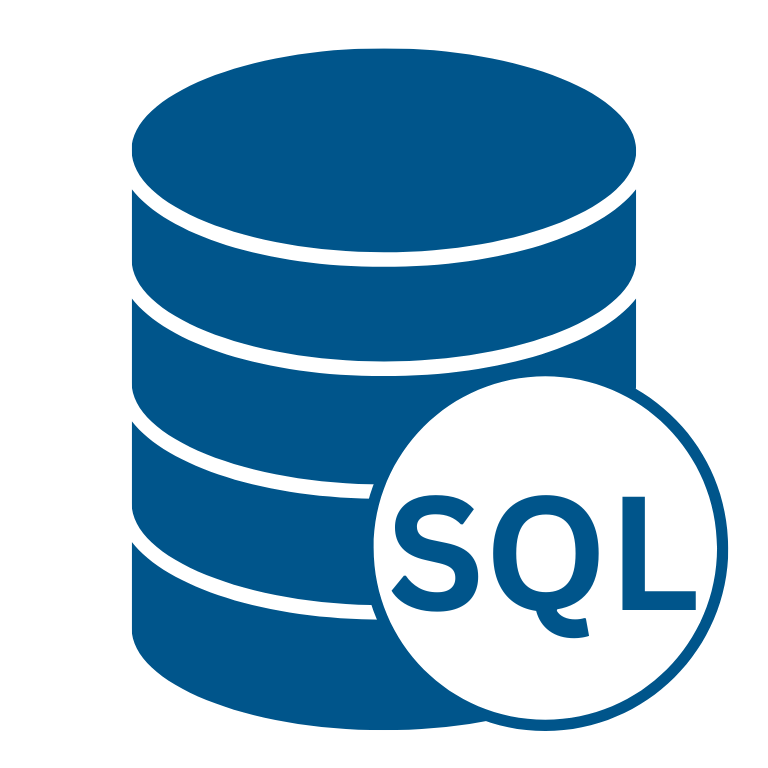Lab: Database #
In this lab we will learn how to create an SQL (Structured Query Language) database.

[0] Setup #
💻 Download dbsqlite onto your computer: sqlitebrowser.org/dl/
💻 Let's start by cloning the repository
in your unit03_networking folder. Be sure to change yourgithubusername to your actual Github username.
cd ~/desktop/making_with_code/unit03_networking
git clone https://github.com/the-isf-academy/lab_database_yourgithubusername
cd lab_database_yourgithubusername
poetry install
poetry shell
👾 💬 Exiting the poetry shellWhen you want to exit the shell, you can type
exitor^D
📄 This repository has the following files:
helpers.py: This file has helper functions that execute SQLgame.py: When run, this file should play the riddle guessing gameriddles.sql: This file stores the structure of the riddles tableinit_db.py: This file creates the database and the riddles tabledatabase.db: This is the database file with the riddles tableriddles.json: This is the riddle data that populates the database
code .
[1] Riddles #
Let’s start by exploring the riddles.sql file. This sets up the table for riddles and defines each row and its data type.
CREATE TABLE IF NOT EXISTS riddles (
id INTEGER PRIMARY KEY AUTOINCREMENT,
question TEXT NOT NULL,
answer TEXT NOT NULL,
total_guesses INTEGER DEFAULT 0,
correct_guesses INTEGER DEFAULT 0,
difficulty TEXT DEFAULT 'easy'
);
👀 Take a look at init_db.py. This is where the database.sql is created and new rows are added to the riddles table. The riddles are populated from
this repo.
💻 Run init_db.py to create your database.
💻 View the database by running open database.db in your Terminal This should open DB Browser for SQLite.
- click
Browse Data - make sure
riddlesis selected as the Table
✅ CHECKPOINT:💻 In DB Browser, select
Execute SQL✏️ Follow along with the worksheet to explore the database with SQL commands.
📖 Here is a helpful reference of SQL commands.
[2] SQL functions #
Now that you understand how the riddles are structured as SQL, it’s up to you use it and re-create the guessing game with a database. First, we will need to write helper functions to execute SQL.
💻
Open helpers.py. Here is where you will write the SQL queries in helper functions Two functions are already written for you.
get_all_riddles()increment_row_value(column, id)
💻 You will need to write:
get_random_riddles(num_riddles)- should returnnum_riddlesof random riddlesincrement_row_value(row, id)
💻 Be sure to test your helpers functions at the bottom of the file. You can execute it by running python helpers.py
if __name__=="__main__":
# -- testing helper SQL functions
all_riddles = get_all_riddles()
for riddle in all_riddles:
print(riddle['id'], riddle['question'])
[3] Game #
Now that you can access and update the database, you can write re-create the game.
💻 In game.py, re-create the riddle guessing game by using the helper functions that execute SQL. Be sure to follow this flow chart:
🕹️ Once you’ve completed your game logic, play test your game! python game.py
-----------------------------------
---- Welcome to the Riddler ----
-----------------------------------
Riddle 1: What is black and white and read all over?
Guess: newspaper
Correct :)
Riddle 2: What has to be broken before you can use it?
Guess: A chicken
Incorrect :(
[3] Deliverables #
⚡✨ Congrats on completing the lab!Once you’ve successfully completed the lab, fill out this Google form.
💻 Push your work to Github:
- git status
- git add -A
- git status
- git commit -m “describe your code and your process here”
be sure to customize this message, do not copy and paste this line
- git push
[4] Extension: Difficulty #
Now that we’ve got a basic riddle guessing game, let’s improve it!
It would be great if we could update the difficulty based on the total_guesses and correct_guesses in the database.
💻 Incorporate the helper function updated_difficulty() into your game. Based on the ratio of correct_guesses to total_guesses, it should assign 'easy', 'medium', or 'hard' to the difficulty row value.
Now, wouldn’t it be great if users could customize their game by difficultly.
💻 Create a helper function get_riddles_difficulty(difficulty, num_riddles) into your game. It should return num_riddles riddles of the specific difficulty.
💻 Update your game to include a difficulty selection.